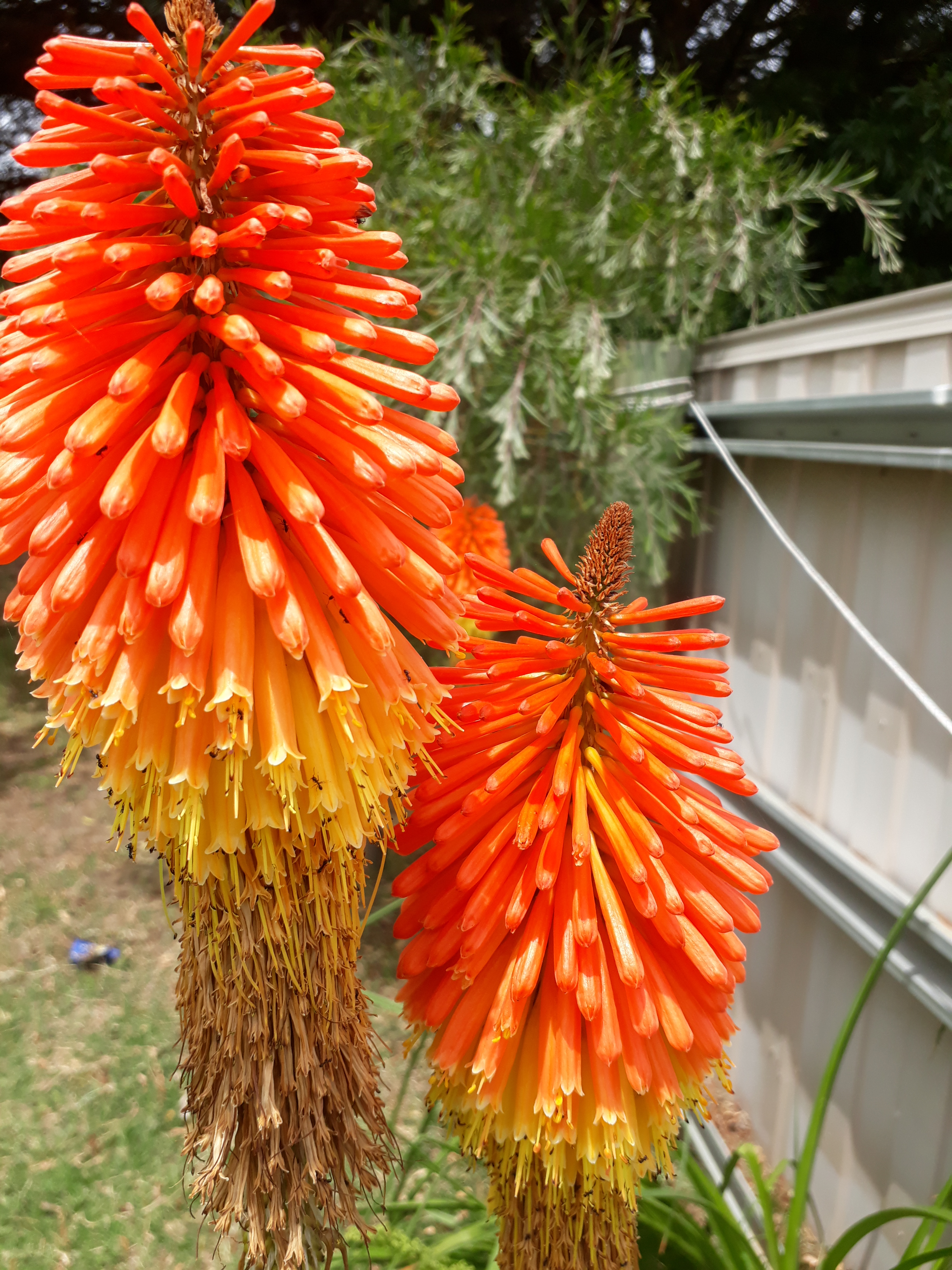Red Hot Poker Medicine
Red hot poker, kniphofia uvaria I grew up with red hot pokers and goldenrod in the garden, both wonderful plants for bees, and the red hot pokers I know now are full of nectar. In South Africa, where they are a native species, they are eaten and are said to taste like honey.

- The common name “Red Hot Pokers” refers to the red color and formation of the flowers. Kniphofia symbolism: Kniphofia is a symbol of good fortune. Good fortune; Interesting facts about Kniphofia: Benefits and Uses. Kniphofias are used in folk medicine. Kniphofia laxiflora and Kniphofia rooperi is used as a medicine to treat the symptoms of.
- Never taking out-of-date medicine and medicine which has been prescribed for somebody else. Ask children to help you list some of the bathroom products that George used in his magic medicine. As they name products, list them in their simplest form e.g. ‘shampoo’, ‘face cream’, ‘shaving foam’.
- The red hot poker is a showy and dramatic plant. If you love growing perennials that give color all summer long, this is the plant for you. Other names for this showy plant are torch lily and poker plant. The botanical name for this plant is kniphofia uvaria and there are more than 70 known species of it.
- The genus Kniphofia was named in honour of Johannes Hieronymus Kniphof, 1704-1763, who was a professor of medicine at Erfurt University in Germany.Kniphofia belongs to the family Asphodelaceae which comprises 17 genera (10 of which occur in South Africa) and about 750 species. About 70 species of Kniphofia occur in Africa and 47 of these are found in the eastern areas of South Africa.

I grew up with red hot pokers and goldenrod in the garden, both wonderful plants for bees, and the red hot pokers I know now are full of nectar. In South Africa, where they are a native species, they are eaten and are said to taste likehoney. There are many species of these plants which are also called the Torch Lily or Tritoma, some are yellow and lime green others white, but K. uvaria is red-orange with tinges of yellow on the lower flowers.
They stand tall and are impressive garden flowers in the same way as lupins and hollyhocks are. They are grown in Europe for their beauty and curiosity value, as well as to make an impressive backdrop for smaller flowers. The leaves are evergreen in most species, although in some they die back to grow again in the following year and the flower spikes can grow to around six feet tall.
They are members of the sub-family Asphodelaceae and the family of the Xanthorrhoeaceae, and as such are related to the asphodel, bog asphodel and aloe vera. In fact they were thought to be members of the aloe family at first, and were in the genus Aloe uvaria.
In South Africa the juice of the flowers from this plant is used in cosmetics, and the root is used as a cleanser for the skin to rid it of spots and other skin eruptions. The root is also used in traditional medicine as a medicine to cleanse the uterus and so prepare it for pregnancy.
Red Hot Poker Medicine Ball
An infusion of the root of some Kniphofia species is used for chest complaints such as asthma and bronchitis. Other species figure quite prominently in traditional medicine. Although this one has limited uses it would seem.
Red Hot Poker Bulb
The Kniphofia genus was named after a distinguished 18th century German professor at Erfurt University, Johann Hieronymous Kniphof (1704-1763). It consists of more than ten species, which are mainly found in South Africa, although there is one native of Yemen and two or possibly three native to the island of Madagascar. K. uvaria is an invasive weed in some parts of Australia where it was introduced previously as a garden plant.